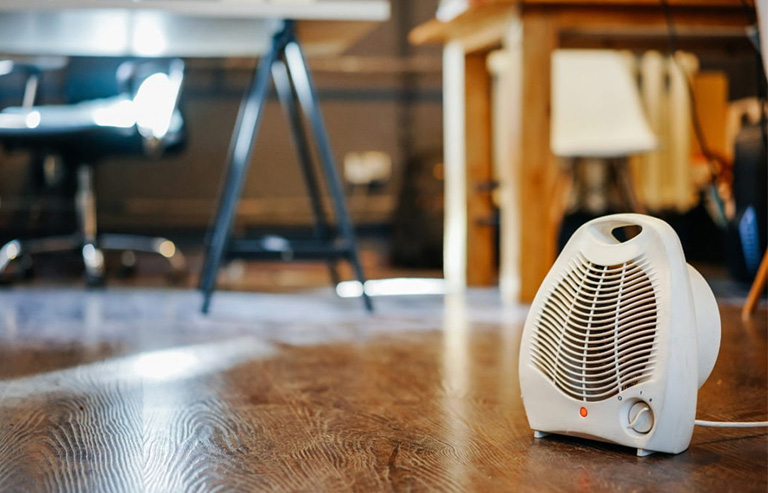
One of the most crucial challenges of owning a lake house in the winter is staying warm. While your heating system at home may be a breeze, secondary homes are a different ballgame. Just by spending less time at a vacation home, it’s harder to maintain. How can you know which heating system is right for you? We’re here to help you become knowledgeable about this fundamental piece of homeownership. We talked with experts in the HVAC field (Heating, Ventilation, and Air Conditioning) about these various options.
Furnaces
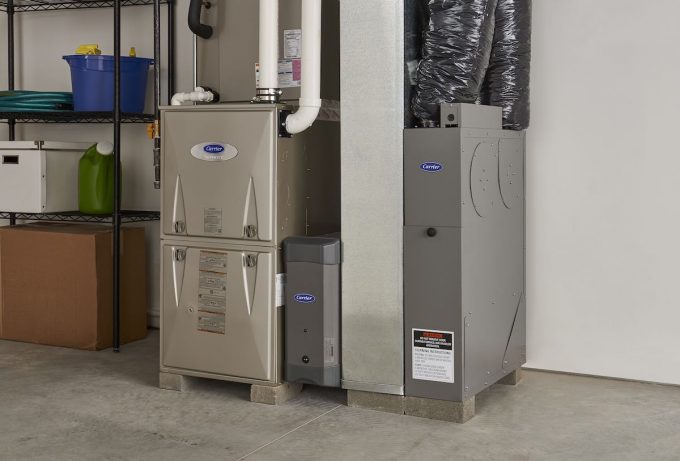
According to Smarter House, most households in North America rely on a central furnace for heat. It works by blowing air through ducts that transmit the warm air to various rooms in the house. To conduct heat, they typically use natural gas or propane. While they generally take up more space than other heating systems, one advantage is that it’s centralized. You can operate the entire home’s heat from a single control. They also last a long time. According to Kerry Sherin, Home Value Expert at Ownerly, “A furnace’s energy efficiency can range from 59%–98.5%, and you will have to replace it within 15–30 years.”
Boilers

Like furnaces, boilers are classified under the “central heating systems” family, and they’re also another common choice in the U.S. While furnaces distribute heat in warm air, boilers do the same with hot water. The boiler circulates hot water or steam through pipes, and the water is pumped to a home’s radiators. However, steam boilers are less common today, and hot water is the most common. Kerry Sherin adds that while boilers can easily heat specific rooms, the expensive installation and risk of frozen pipes are some downsides to consider.
Heat Pumps
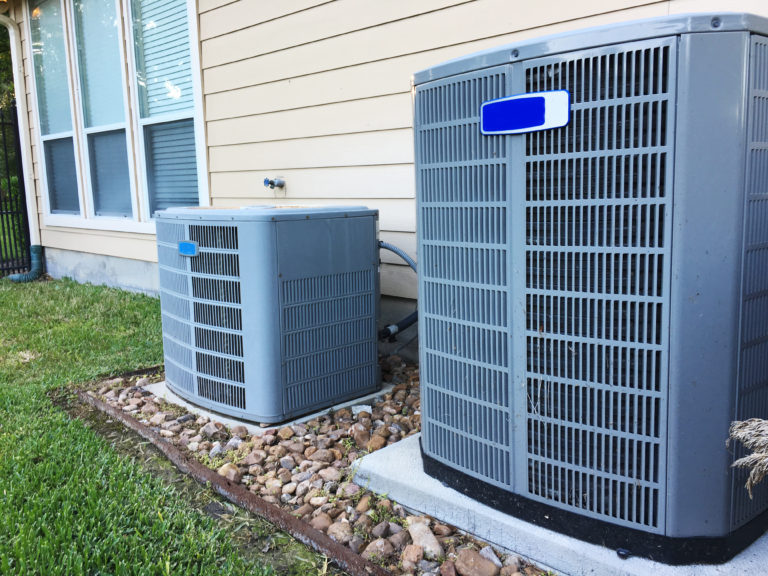
A heat pump looks similar to an air conditioner and functions similarly. It works by running a compressor and fan to generate heat with electricity. They’re also called “reverse air cycle conditioners” because the process is just like refrigeration, only backward. Instead of generating cold air to keep food at a cooler temperature, it creates warmer air for your home.
Ductless mini-splits are also a popular heat pump system that’s configured differently. “While traditional heat pumps and furnaces provide central heat, a ductless system is decentralized,” says Bob Wiseman, president of Canoga Park Heating and Air Conditioning. A plus side of this system is that each room in your home with a ductless mini-split has individual temperature control, improving efficiency and comfort. “Plus,” he adds, “they do not require ducting, and the individual rooms can have their temperature-controlled separately.”
Electric Space Heaters
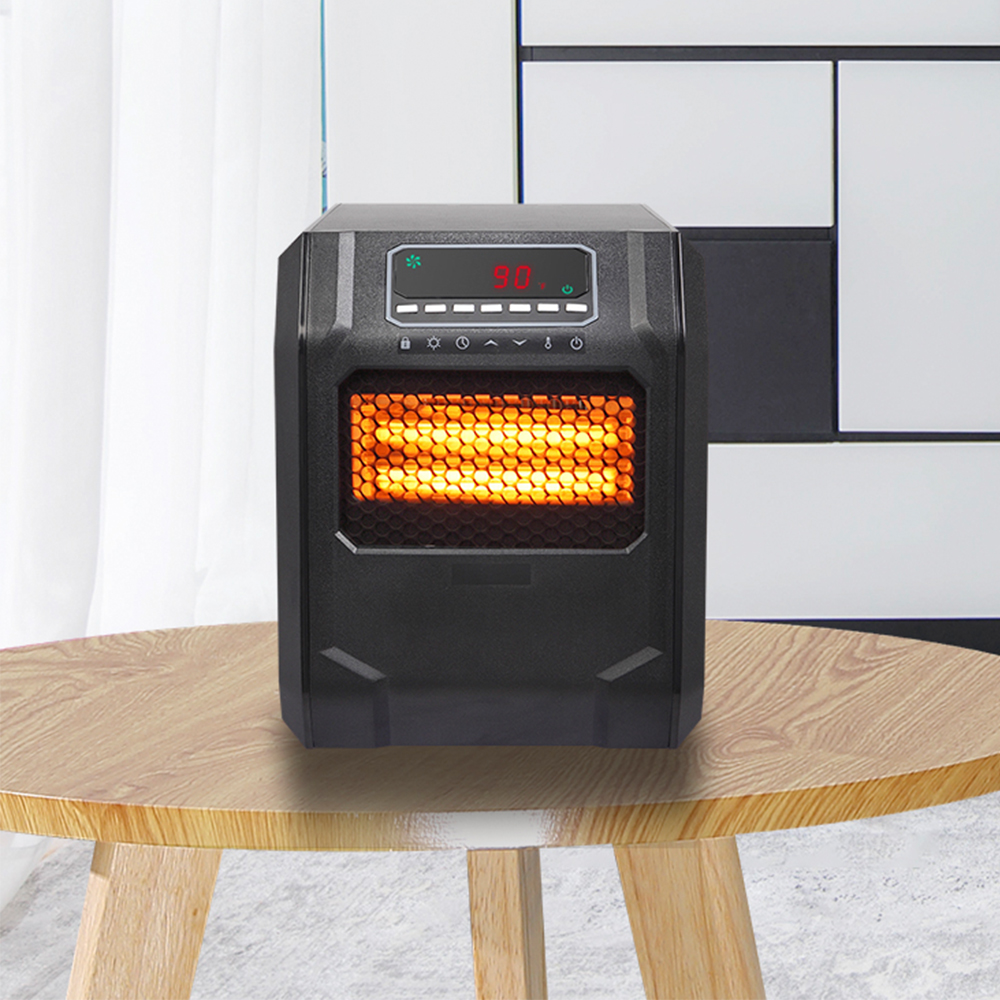
According to Liam Kear, owner of Elevated Lead Gen Solutions, there are two functions of home heating systems: heating you or heating the room. While the previously mentioned heating systems serve the latter role, electric space heaters help warm you quickly. This type of system works by converting electricity into heat. Many times, electric heaters are portable, cheap options. For instance, Liam Kear says, “radiant heaters are usually portable, so you can get them out when you’re cold and hide them away when you don’t need them.”
Active Solar Heating
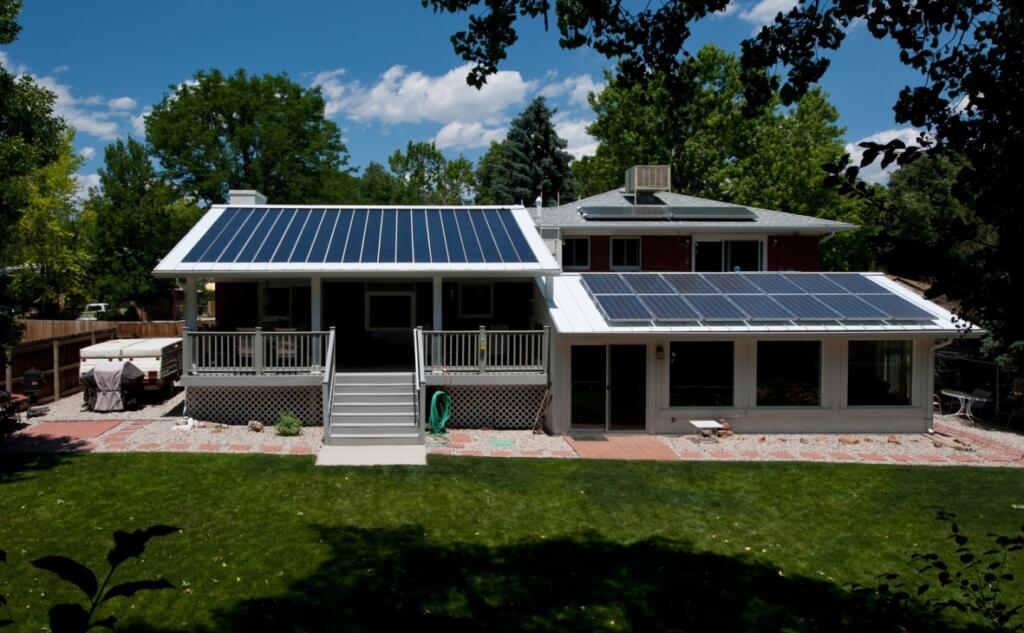
Perhaps the most energy-saving option, active solar heating systems use the sun to warm liquid or air for heating. According to Kerry Sherin, Its life expectancy is 20+ years, making it a quality, long-lasting option. While this choice helps you save money on energy bills at your lake house, keep in mind that the initial purchase can be expensive. Plus, you will likely require a second heating source to keep thoroughly warm in the winter.
From our lake house to yours, we hope this knowledge about home heating systems helps you stay warm this winter!

